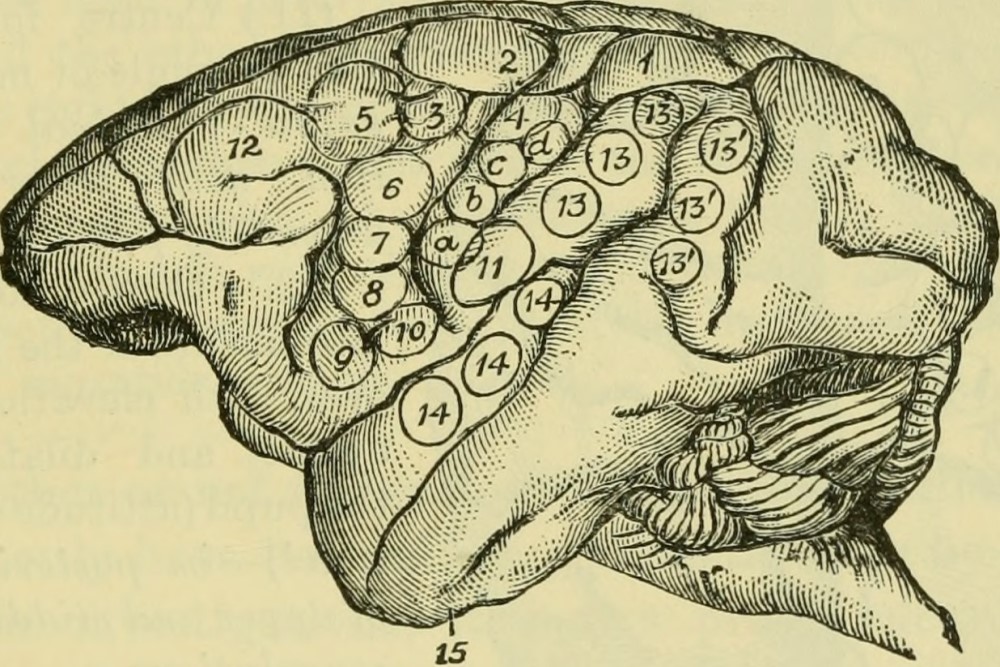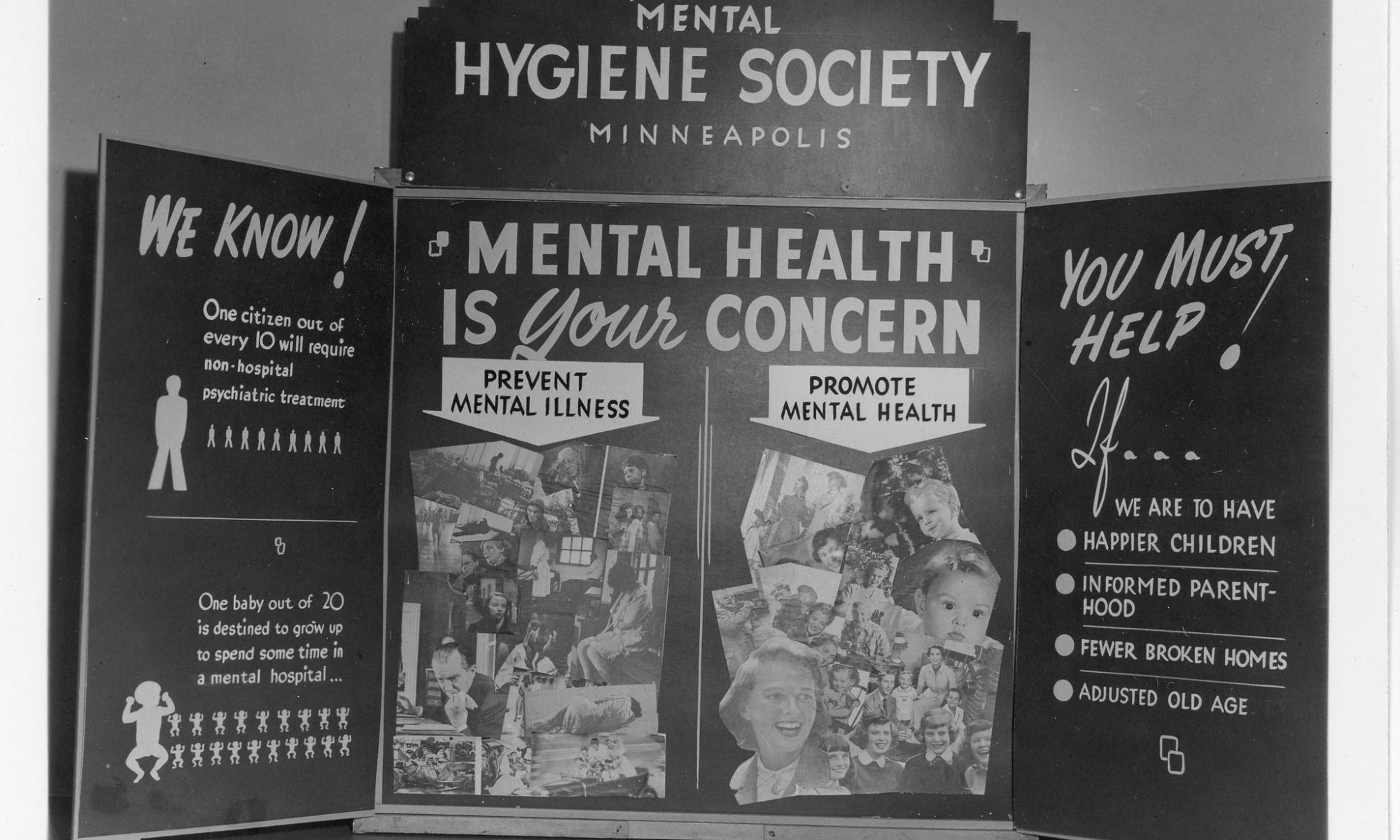Just last month the Canadian government announced that it was seeking to delay an expansion to Canada’s medical assistance in dying program. Since prohibitions on assisted suicide were declared to be in violation of Canada’s Charter of Rights and Freedoms, the program has expanded to include those without terminal illness. Now, Maid is set to expand further to include those not only with physical illness, but those with mental illness. While some groups were disappointed by the delay, others welcomed the opportunity to further consider the lack of appropriate safeguards in place. Given that Canadian policy is much more permissive compared to other nations in seeking to allow non-terminal mental illness patients to be eligible, it is worth considering the moral merit of this expansion.
There are a great many reasons supporting and medically assisted suicide in general. Those who favor the practice tend to emphasize cases where unbearable pain and suffering is present and where the patient’s prognosis is terminal. It seems reasonable to limit or prevent suffering when death is assured. But it is much more complicated to consider cases outside of these narrow limits. What if the patient has some hope of recovery? What if a mental condition undermines their ability to voluntarily request death? What if the patient is suffering, not from a physical illness, but from severe clinical depression, or post-traumatic stress syndrome, or dementia?
Those who defend the idea of expanding the medical assistance in dying program emphasize the suffering that exists, regardless of the condition being neither physical nor terminal. For example, the advocacy group Dying with Dignity responded to the government’s move to delay by noting, “For those who have been denied compassion, autonomy and personal choice, this is not a short delay but yet another barrier.” Mental illness can be difficult to treat, and it seems arbitrary to treat physical suffering so markedly different from mental suffering.
A similar argument goes for those with dementia. Individuals with dementia or Alzheimer’s undoubtedly suffer from their afflictions – many report feeling that the condition has robbed them of their identity. And, if one has dementia, it can undermine the notion that one can with sound-mind voluntarily choose euthanasia for themselves. This is why many have called for the ability to use advance directives. But what if there is a conflict with what the patient comes to desire later once dementia sets in?
Even those who agree, in principle, that people suffering from these conditions deserve equal access to medical assistance in ending their life, might still worry that there are insufficient safeguards in place. As an article from the Canadian Medical Association Journal reports, arguments for the inclusion of mental illness tend to focus only on severe depression, but in Belgium and the Netherlands this has also included chronic schizophrenia, posttraumatic stress disorder, severe eating disorders, autism, and even prolonged grief. “Discussions, much less evidence-based guidance, of how to evaluate people who request assisted dying because of prolonged grief, autism, schizophrenia or personality disorders are lacking.” The health care system is simply not prepared to provide adequate support for these patients.
In Canada, the standard for receiving assistance in dying is that the condition must be “grievous and irremediable,” indicating a patient is in an advanced state of decline which cannot be reversed. Various legal safeguards are supposed to be in place, including independent witnesses, the agreement of two medical opinions, and a signed written request. Yet, many are concerned about those who might be pressured into receiving assisted death due to lack of alternatives. For example, recently there were reports of Canadian Armed Forces members being offered assistance in dying when they couldn’t get a wheelchair ramp installed.
There was also a report last year of a 51-year-old woman named Sophia, who received medical assistance in dying due to her chemical sensitivity. Sophia was allergic to chemical cleaners and cigarette smoke but was unable to find affordable housing and was instead forced to live in charity-run residential apartment. When COVID-19 forced her to be at home full-time, it only exacerbated the problem until she finally ended her life. The fact that it was easier to receive death than accessible housing is obviously a problem, as Sophia herself remarked, “The government sees me as expendable trash.” Cases like these have led to the United Nations to criticize Canada’s proposed law for violating the UN Convention on the Rights of Persons with Disabilities. Canada’s Minister of Disability Inclusion has expressed shock at the number of cases of disabled people seeking death due to a lack of social supports.
As a recent article points out, “most would be hard-pressed to argue it reflects true autonomy within a range of choices when the marginalized poor are enticed towards ‘painless’ death to escape a painful life of poverty.” This undermines the idea that expansions to medically assisted dying are only being done for the sake of compassion and to preserve dignity. If the concern truly was the preservation of dignity, for example, there would be additional measures put in place to ensure that marginalized people don’t feel like death is their only real choice.
Those who support medically assisted dying for these cases might have good intentions, but good intentions can also lead to horrific outcomes. For example, the road to the opioid epistemic was paved with good intentions in the form of letters in the 1980s calling for the use of the drugs on the basis of compassion, and those who resisted were labeled “ophiophobic” for their hesitancy. Compassion without critical scrutiny is dangerous.
Some might argue that even if the system isn’t perfect and people fall through the cracks, it is still ultimately better off that we have the system available for those who need it. The thinking here holds that while some might receive assisted death when they shouldn’t, it is still better overall that those that are eligible can receive it. However, it’s important to remember this is often not considered a good argument in the case of the death penalty. One might respond that assisted suicide is done for the sake of compassion rather than punishment, so therefore there is a significant moral difference. However, all one needs to say is that the death penalty is used for the sake of compassion for families of victims, and it no longer holds water. Good intentions are not sufficient without a practical concern for the real-world consequences that will follow.












